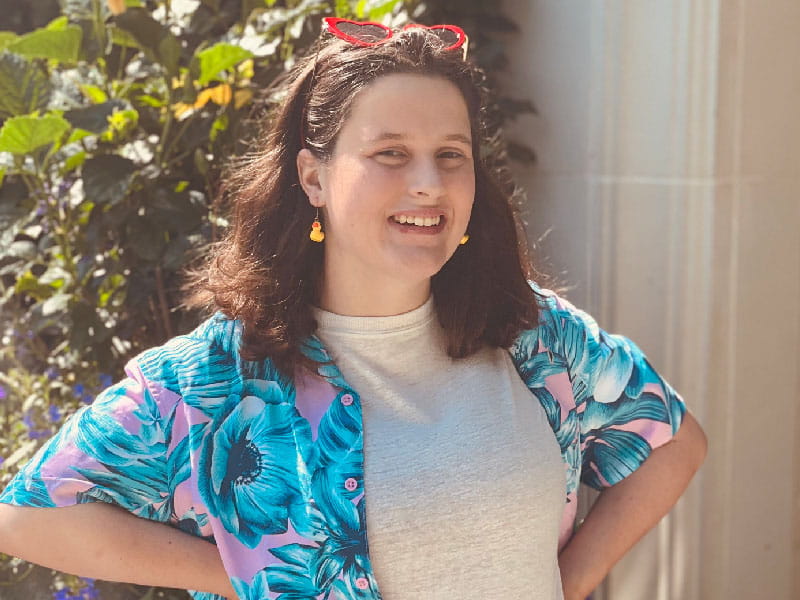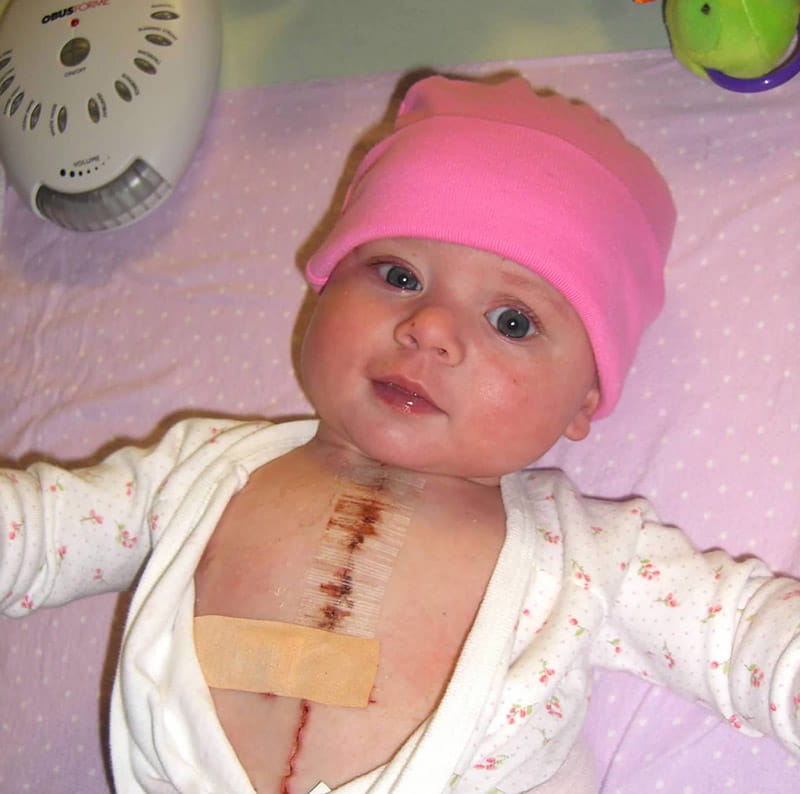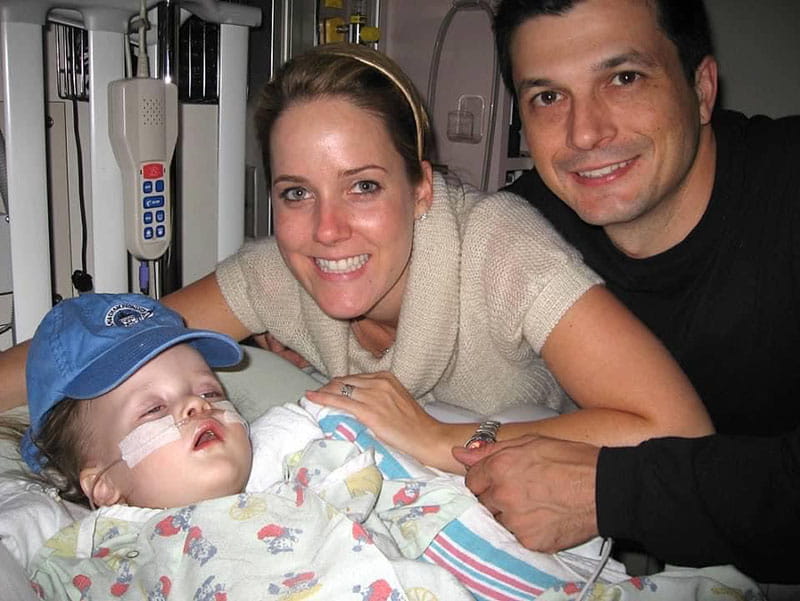Teen with heart defect wants to help others like her
By Diane Daniel, American Heart Association News

Peyton Bono makes sure her friends know the drill.
If they're at a pep rally, for instance, and it's a hot day and she's starting to feel dizzy and unsteady, they'll probably see her count her heart beats.
If she's too overcome to speak, they should bring her ice and water and get her to a cooler spot.
And if anything seems off about her health, they should alert her mother.
"I have to tell my friends what to do because it's been something that I always have to deal with," said Peyton, who is 16 and lives in Dallas.
Peyton was born with a heart defect called tricuspid atresia. It means her heart lacks a tricuspid valve, thus preventing blood from correctly flowing through the heart and to the rest of the body.
Peyton underwent open-heart surgery at 5 months old, then again at age 2, to essentially reroute her blood flow in a sustainable way.
"I could recognize the words 'tricuspid atresia' before I could even read," Peyton said.

Peyton's disorder falls into a category known as single ventricle defects. Children who have corrective surgery for such defects can live a relatively normal life. However, their ability to exercise vigorously is usually reduced, as it has been for Peyton. She has annual checkups with a cardiologist, and likely will for the rest of her life.
"If I run with other kids, especially in the Texas heat, it triggers a response that's very painful," she said. "It's just a constant thing. I know that sometimes my body will fail me, and the pain can be brutal. But I don't want to miss out on my life."
Peyton's parents, Courtney and Mark, learned about their daughter's condition shortly after her birth in 2005.
Their fear for her life was compounded by how isolated they felt. They had no one other than doctors to turn to for information. There was no internet or social media, no way to seek support from others in similar situations.
"What a difference 16 years makes," Courtney said. "I remember how the pediatric cardiologist ripped out three pages about tricuspid atresia from a booklet and handed them to me and said, 'This is what's going to happen.' That was about it."
The journey began in earnest upon coming home from the hospital. Along with feeding her baby by a bottle, Courtney had to fill a tube that ran into Peyton's nose. This lasted until her first surgery at 5 months.
"We came home and had to put a feeding machine in her darling nursery," Courtney said. "I took down the giraffe artwork and replaced it with a poster of all the steps of how to use and clean the machine."
Family members tried to help. While they could change diapers or soothe a crying baby, no one they knew could offer what the Bonos really needed – experience with tricuspid atresia or other congenital heart defects.

"As a new mom, I would have loved to have had a mom to talk to, or to have seen an 8-, 16- or 30-year-old who survived TA," Courtney said. "I needed that so badly. We were all just so clueless."
A few years ago, Peyton started searching for people who'd been through similar challenges. All she found were papers in medical journals.
About two years ago, as she was starting high school, she began seeking groups on social media of people living with congenital heart defects.
At first, she only read posts and would share them with her friends. Now, she's interacting on various platforms.
"It's been meaningful in a way that's not exactly describable," she said. "While I knew that I was still alone in my struggle with my heart condition, the intensity went away some when I started talking to others like me. It really felt like I was seen for the first time. I didn't realize how lonely I was until I had the chance not to be."
Peyton and Courtney both take comfort knowing people born with tricuspid atresia are leading long, active lives.
"Seeing adults who are living with it is answering a lot of questions that the doctors couldn't answer for me," Peyton said. "Like, will my lifespan be affected, what other problems might I have? It's a feeling of insane relief."
Now both mother and daughter want to help others access the community and support they didn't have for themselves.
This summer, they hope to host a video discussion group, inviting people from the tricuspid atresia support groups on Facebook. They hope it grows into a community of survivors.

Peyton also is planning to raise awareness and funds for heart disease through the American Heart Association's Teen of Impact program. Along the way, she hopes to give comfort to others like her.
"As I get older and start to reclaim my story, I feel a responsibility to share it with people like me and families like ours who are suddenly thrust into this world of medical science," Peyton said. "Having a disability is hard, but it doesn't have to be lonely anymore. The hope that these communities have given me is life-changing, and I can't wait to see how they flourish."
Stories From the Heart chronicles the inspiring journeys of heart disease and stroke survivors, caregivers and advocates.
If you have questions or comments about this American Heart Association News story, please email [email protected].





